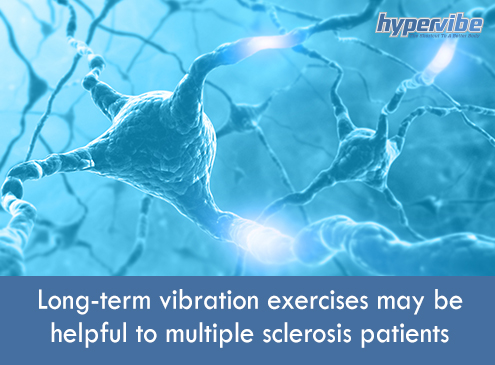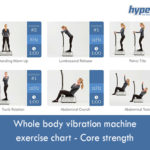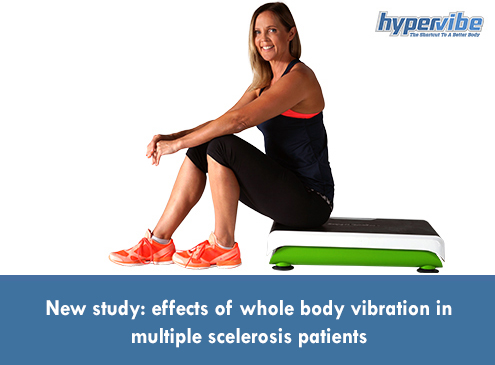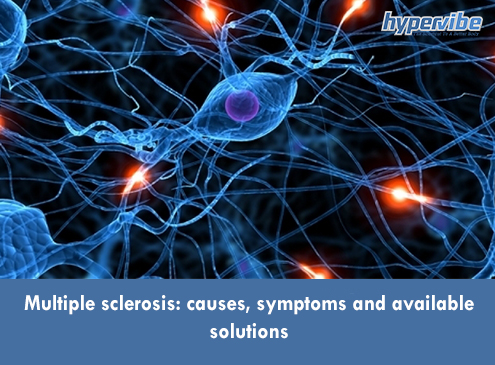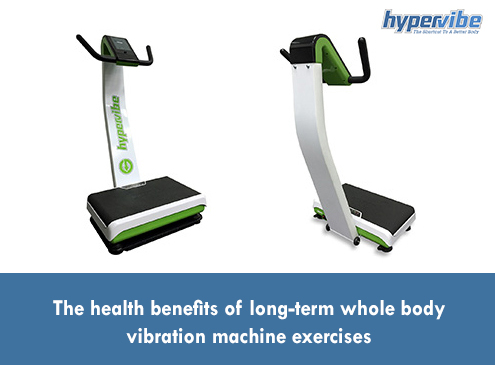Multiple sclerosis affects about 23,000 Australians, being more common in women than in men (3:1 ratio). Usually diagnosed between the ages of 20 and 40, MS doesn’t have a permanent cure, and the available treatments can only help manage the symptoms and slow the progression of the ailment.
Whole body vibration exercises may to be a valid solution for improving mobility in people affected by this disease, according to a recent study conducted by researchers from Finland and published in the Journal of the neurological sciences.
The meta-analysis investigated the results from seven WBV trials of multiple sclerosis patients between 2000 and 2013, involving 250 participants. The research showed that long-term vibration exercises may improve the walking endurance of MS patients in walking tests lasting for 2-6 minutes, although no benefit was found for short-distance walking speed or balance.
These improvements were found in the whole body vibration groups when compared to control groups. Participants had low disability statuses, so further research is needed to determine the effects of vibration training on severely disabled multiple sclerosis sufferers.
This condition affects the activity of the central nervous system, altering the impulses sent within the brain, spinal cord and optic nerves. MS is an autoimmune condition and appears when the body’s immune system attacks its own nervous cells, causing inflammation and leading to the formation of hardened tissue or scars (the Greek word “sclerosis” means “scars”).
The scarred tissue affects the covering of the nerve fibers, which is an insulating material called myelin. This sheath is broken down by the body’s immune cells and is damaged as a result of inflammation, resulting in impairments of the sensory, motor and cognitive functions.
Some of the first manifestations of MS include tingling and numbness in the limbs, loss of balance and weakness in one or more limbs, as well as vision problems such as blurred or double vision.
Less common symptoms in the early stages include coordination and thinking problems, sudden paralysis and slurred speech. As the ailment progresses, the symptoms get worse, and manifestations like fatigue, changes in thinking and increased heat sensitivity may also occur.
Exercising with MS can be not only challenging but also painful and stressful, as it may cause one to feel overstressed and exhausted. The muscles are already weak and painful, and the brain already has problems processing information, so even if physical activity is generally recommended for improving the quality of life, in patients with multiple sclerosis not all types of exercise are recommended.
Whole body vibration training may be a safe and convenient way to stay active for people affected by this ailment, studies suggesting that this form of exercise may improve muscle strength, mobility and functional capacity of MS patients.
Have something to add to this article? Comment below or join our Facebook community and share your thoughts with us!
